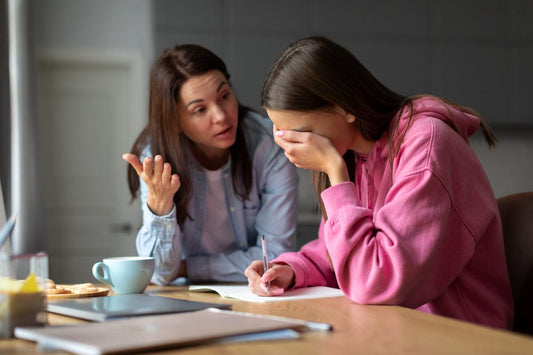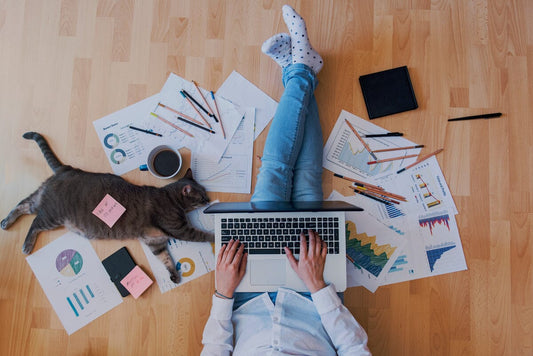As if COVID-19 and all its unknowns didn’t create enough anxiety for individuals of all ages, now working people and students throughout the nation are developing what mental health professionals are referring to as “Zoom anxiety.” Also known as “Zoom fatigue” or “Zoom burnout,” Zoom anxiety is the result of a high number of and the unnatural nature of daily video conference calls.
How Zoom Calls Can Cause Anxiety
Upon first hearing the term “Zoom anxiety,” you may wonder how a teleconference can cause someone to develop anxiety. The answer is multifaceted.
For starters, communicating via video is unnatural. According to Psychology Today, just 15% of communication is done verbally. The other 85% is done through body language. When people communicate via Zoom, participants miss a lot of that non-verbal communication, thereby leading to confusion, misunderstanding and, eventually, anxiety.
Playing off of point one, Zoom meetings require a lot more focus than face-to-face conversations. This is because the brain uses more energy trying to process non-verbal cues over teleconference than it does in person. This increased focus leads to fatigue, which contributes to anxiety.
There’s also the fact that most people feel they always have to be on their A-game when in a Zoom meeting. In a normal work environment, individuals can step away for a moment or two and let their team-player/customer service face drop for just a minute. On Zoom, however, they feel as if they have to maintain that happy mask as long as their image is on the screen.
Then there is the fact that Zoom often forces individuals to focus on several faces at once; that many people worry about how they are perceived on camera; and that many more feel they need to do more to offset the fact that they are not actually at work.
How to Deal With Zoom Anxiety
In normal circumstances, half the battle of treating anxiety lies in pinpointing and eliminating the cause. Unfortunately, you can’t just eliminate teleconferences from your life — at least, not if you want to keep your job or pass your classes. You can, however, make Zoom meetings less painful and reduce your anxiety leading up to them by taking a few actionable steps:
- Share Your Concerns: If sitting in front of a camera while you work stresses you out, reach out to your supervisor and let him or her know. Ask if you can turn your camera off but leave the microphone on or if there are other ways you can check in, such as completing a progress report every few hours.
- Schedule Breaks: When planning your day, leave time for breaks, and schedule those breaks in between Zoom meetings.
- Set Boundaries: Yes, you need to be on meetings to keep your job or pass your classes, but employers and educators need to realize that forcing individuals to stay on video conference all day every day is impractical. Explain that you adhere to strict start and end times, that you need breaks and that you may have to step away for a bit to attend to other matters. Setting boundaries is a great way to take control of your situation and avoid any unnecessary bouts of anxiety.


 Improve focus and clarity.
Improve focus and clarity.


